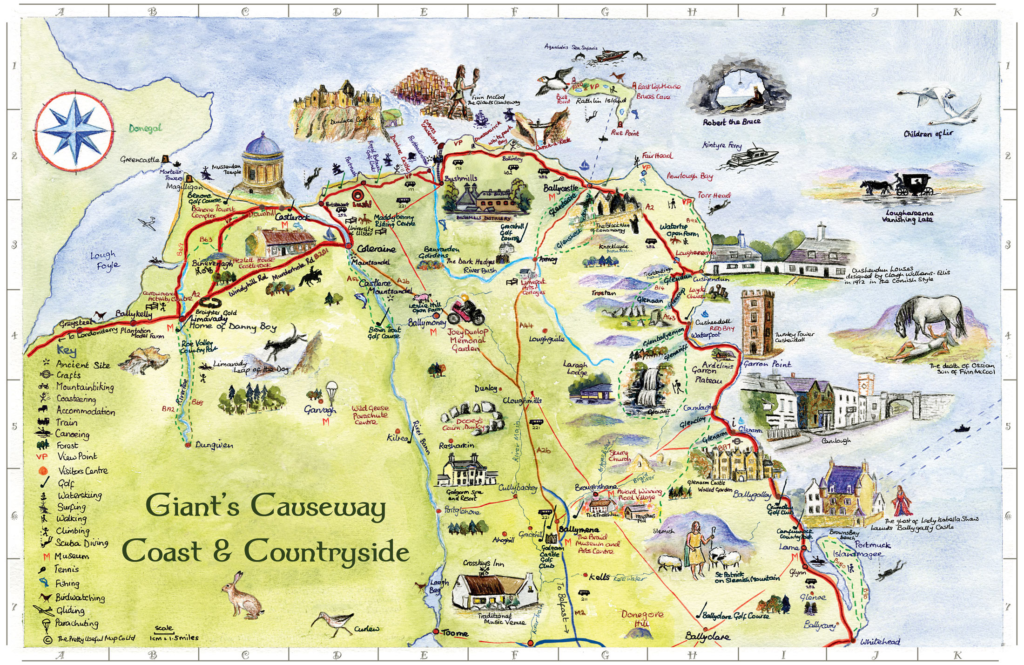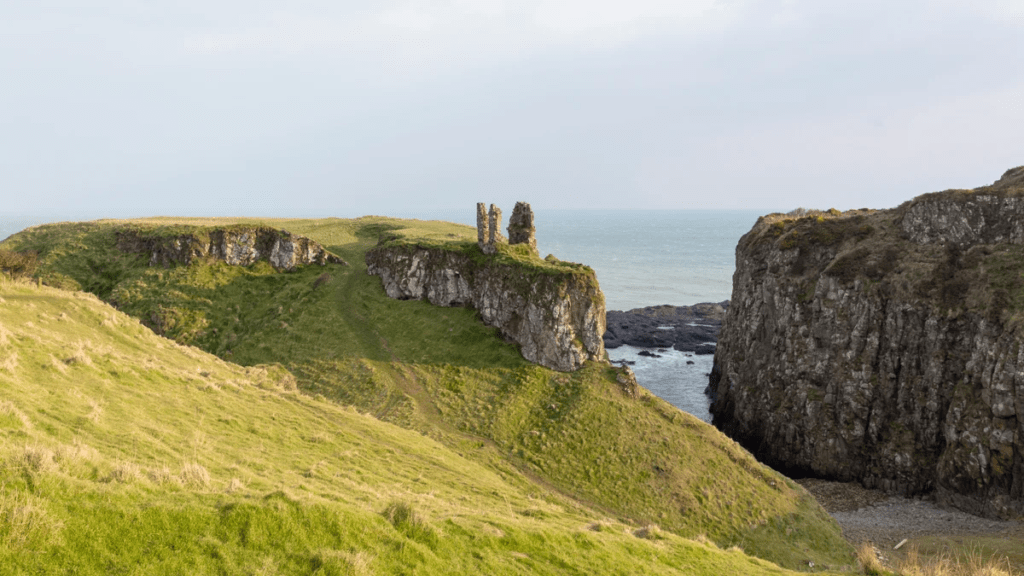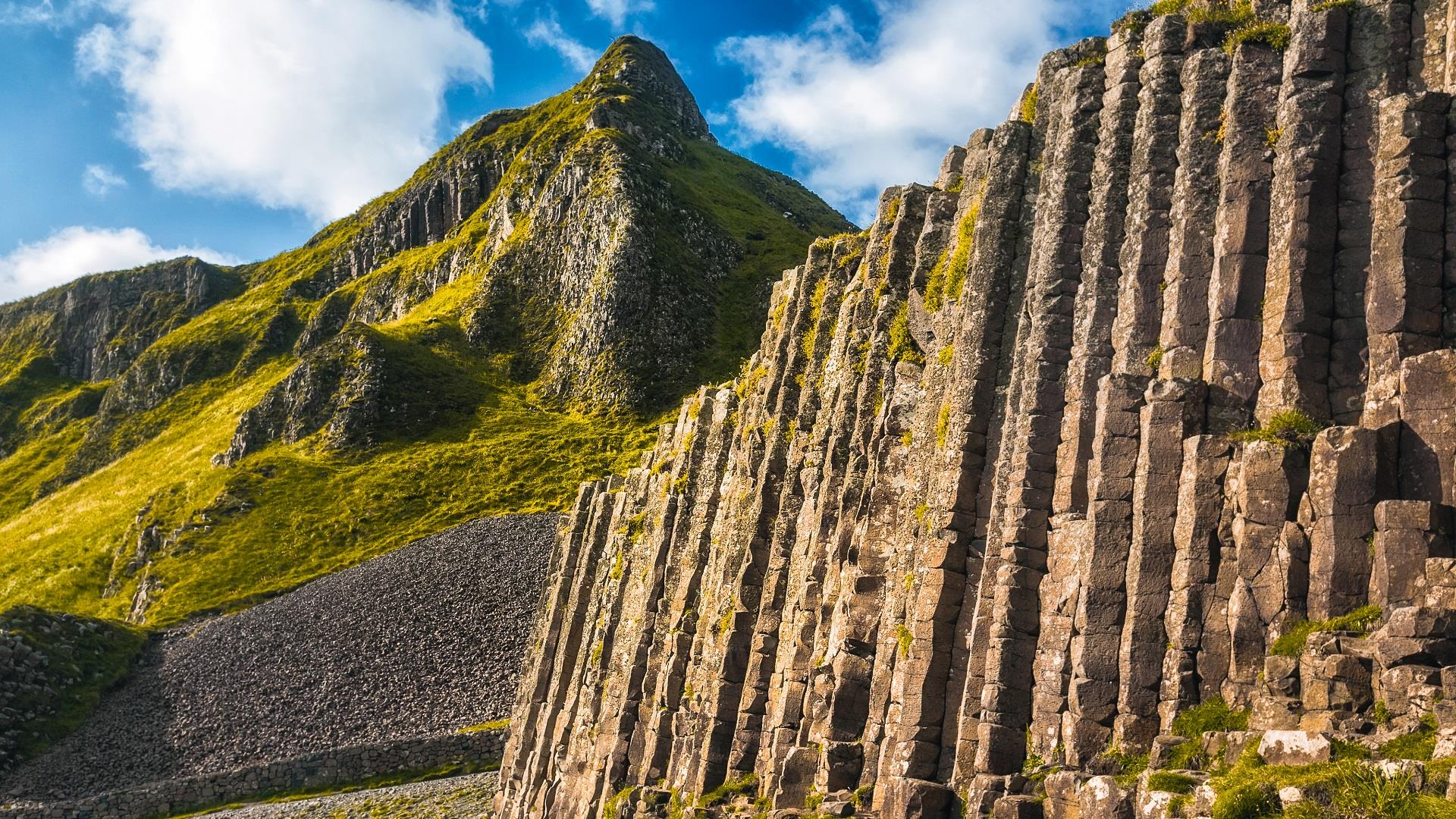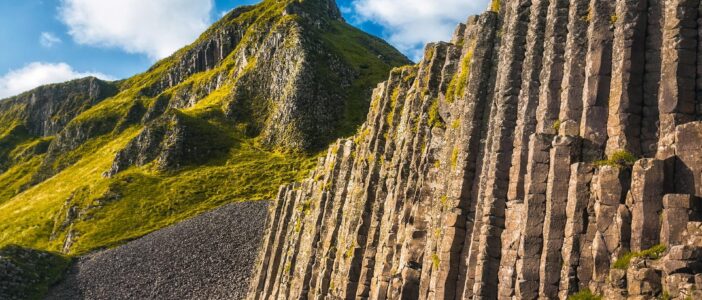Hiking enthusiasts seeking an adventure through rugged landscapes and stunning coastal vistas need look no further than the Causeway Coast Way in Northern Ireland. This breathtaking trail offers an immersive experience through some of the most picturesque scenery the country has to offer. From ancient geological wonders to charming seaside villages, the Causeway Coast Way promises an unforgettable journey for those willing to lace up their boots and hit the trail.
Discovering the Causeway Coast Way

Unveiling the Route
Stretching approximately 33 miles along the northern coast of County Antrim, the Causeway Coast Way winds its way from the bustling town of Portstewart to the iconic Giant’s Causeway, a UNESCO World Heritage Site. This renowned trail meanders through diverse landscapes, encompassing towering cliffs, sandy beaches, and quaint villages, offering a diverse range of terrain to explore.
A Glimpse of Nature’s Majesty
The Causeway Coast Way is a testament to the raw beauty of Northern Ireland‘s coastline. Hikers will find themselves immersed in stunning natural vistas at every turn. From the rugged cliffs of the Causeway Coast to the tranquil shores of White Park Bay, the trail showcases the breathtaking diversity of the region’s landscapes.
Encounters with History and Legend
As hikers make their way along the Causeway Coast Way, they are not only treated to awe-inspiring scenery but also to a journey through history and legend. Along the route, walkers will encounter ancient ruins, historic castles, and mythical landmarks steeped in folklore. One such highlight is Dunluce Castle, perched dramatically atop a cliff overlooking the sea, offering a glimpse into the region’s storied past.
Exploring the Sights Along the Trail
1. Giant’s Causeway
Undoubtedly the crown jewel of the Causeway Coast Way, the Giant’s Causeway is a geological marvel unlike any other. Formed millions of years ago by volcanic activity, this UNESCO-listed site is famous for its hexagonal basalt columns, which form a mesmerizing natural staircase leading into the sea. Hikers can spend hours exploring this otherworldly landscape, marveling at the intricacy of nature’s design.
2. Carrick-a-Rede Rope Bridge
For those with a head for heights, the Carrick-a-Rede Rope Bridge offers an exhilarating experience suspended 100 feet above the crashing waves below. Originally erected by salmon fishermen over 350 years ago, the bridge now serves as a thrilling attraction for adventurous hikers. Crossing the swaying bridge provides unmatched views of the rugged coastline and the distant shores of Scotland.
3. Dunluce Castle
Perched on the edge of a cliff overlooking the Atlantic Ocean, Dunluce Castle is a hauntingly beautiful ruin with a rich and storied history. Once the seat of the powerful MacDonnell clan, the castle now stands as a silent sentinel, its crumbling walls echoing tales of battles and intrigue. Hikers can explore the castle’s evocative ruins and imagine life within its ancient walls centuries ago.
4. White Park Bay
Nestled between rolling green hills and dramatic cliffs, White Park Bay is a pristine stretch of coastline renowned for its natural beauty. With its golden sands and crystal-clear waters, this idyllic beach offers the perfect spot to rest and recharge after a day of hiking. Visitors can take a leisurely stroll along the shore, dip their toes in the refreshing surf, or simply soak in the serenity of this coastal paradise.
5. Dunseverick Castle: Ancient Ruins and Coastal Views

Dunseverick Castle, though less renowned than some other attractions along the route, offers a fascinating glimpse into Northern Ireland’s ancient past. Situated atop a rocky promontory overlooking the sea, this historic fortress dates back to the early medieval period. While only ruins remain today, the site’s dramatic coastal location and panoramic views make it a worthy stop for hikers exploring the Causeway Coast Way.
5. Dunseverick Castle: Ancient Ruins and Coastal Views
Dunseverick Castle, though less renowned than some other attractions along the route, offers a fascinating glimpse into Northern Ireland’s ancient past. Situated atop a rocky promontory overlooking the sea, this historic fortress dates back to the early medieval period. While only ruins remain today, the site’s dramatic coastal location and panoramic views make it a worthy stop for hikers exploring the Causeway Coast Way.
Planning Your Adventure
Getting There
The Causeway Coast Way is easily accessible by both car and public transportation. The trail begins in the town of Portstewart, which can be reached by bus or train from major cities such as Belfast and Derry. For those driving, ample parking is available in Portstewart, allowing hikers to start their journey with ease.
Trail Difficulty and Duration
While the Causeway Coast Way offers stunning scenery and rewarding vistas, it is important to note that some sections of the trail can be challenging, particularly for inexperienced hikers. The terrain varies from rugged coastal paths to steep climbs, requiring a moderate level of fitness and proper hiking gear. Depending on pace and fitness level, completing the entire trail typically takes 2-3 days, with overnight accommodation available in nearby towns and villages.
Essential Gear
Before embarking on the Causeway Coast Way, hikers should ensure they are adequately prepared for the journey ahead. Essential gear includes sturdy hiking boots, weather-appropriate clothing, plenty of water, snacks, and a detailed map or guidebook of the trail. Additionally, it is advisable to check weather conditions and trail updates before setting out, as coastal weather can be unpredictable.
Is Northern Ireland Safe?
Northern Ireland, like any destination, has its own unique safety considerations, but overall, it is generally considered a safe place to visit. However, it’s essential for visitors to be aware of certain factors and exercise common sense while traveling there.
Political Situation:
Historically, Northern Ireland has experienced political tensions and occasional outbreaks of violence related to sectarian divides. While significant progress has been made towards peace and reconciliation since the Good Friday Agreement in 1998, sporadic incidents may still occur in certain areas, particularly around significant political events or anniversaries. Visitors are advised to stay informed about local developments and adhere to any travel advisories issued by their respective governments.
Crime:
In terms of general crime, Northern Ireland is relatively safe compared to many other destinations. Violent crime rates are low, and the majority of visits are trouble-free. However, like any urban area, cities such as Belfast may experience petty crimes like theft or pickpocketing, particularly in tourist areas or crowded places. Travelers are encouraged to take standard precautions such as keeping valuables secure and being aware of their surroundings.
Natural Hazards:
Northern Ireland’s landscape is renowned for its rugged beauty, but it’s essential to be aware of potential natural hazards, especially when hiking or exploring remote areas. Weather conditions can change rapidly, particularly along the coast, so visitors should be prepared for rain, wind, and sudden changes in temperature. Additionally, certain coastal areas may have steep cliffs or unstable terrain, so caution is advised when venturing off designated paths or trails.
Traffic Safety:
As with any destination, road safety is an important consideration in Northern Ireland. Visitors should be aware that traffic drives on the left-hand side of the road, which may be unfamiliar to those from countries where driving is on the right. It’s essential to exercise caution, especially when crossing streets or navigating unfamiliar roadways. Additionally, rural roads may be narrow and winding, so drivers should proceed with care, especially at night.
Overall Safety Measures:
While visiting Northern Ireland, there are several general safety measures visitors can take to ensure a safe and enjoyable trip:
- Stay informed about local news and developments.
- Respect local customs and traditions.
- Avoid discussing sensitive political or religious topics unless with someone you trust.
- Keep valuables secure and be vigilant in crowded or touristy areas.
- Follow designated hiking trails and heed any warning signs or advisories.
- Use reputable transportation services and exercise caution when driving or crossing streets.
- Be mindful of alcohol consumption and its potential effects on judgment and behavior.
By taking these precautions and exercising common sense, visitors can enjoy all that Northern Ireland has to offer while minimizing any potential safety concerns.
Causeway Coast Way
The Causeway Coast Way offers an unparalleled opportunity to immerse oneself in the breathtaking beauty and rich history of Northern Ireland’s coastline. From the iconic Giant’s Causeway to the tranquil shores of White Park Bay, each step along the trail reveals a new wonder waiting to be discovered. Whether you’re an experienced hiker seeking a challenge or a nature lover in search of inspiration, the Causeway Coast Way promises an unforgettable adventure that will leave you with memories to last a lifetime.
Links:

